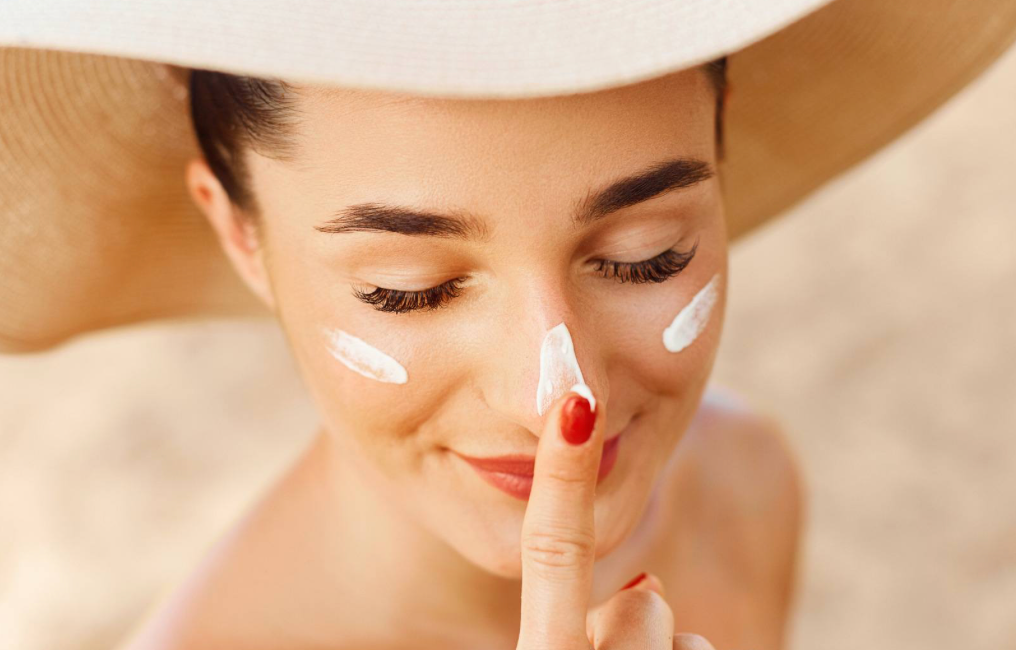Why You Shouldn't Try Sunscreen Contouring: A Guide to Safe Sun Protection

Summer is just around the corner, and with it comes the desire for a healthy glow and a contoured face. But have you ever heard of sunscreen contouring? The trend of using sunscreen to create shadows and highlights on the face is gaining popularity, but is it really safe? In this blog post, we'll dive into what sunscreen contouring is, why it can be dangerous for your skin, and alternative ways to achieve a sun-kissed look.
What is sunscreen contouring, exactly? Simply put, it involves using sunscreen with different SPF levels to create shadows and highlights on the face. For example, a high-SPF sunscreen is applied to areas you want to appear darker, while a low-SPF sunscreen is applied to areas you want to appear lighter. The problem with this technique is that sunscreen should be applied evenly across all skin exposed to the sun, regardless of which areas you want to look darker or lighter.
Moreover, using sunscreen as a contouring tool can be ineffective. Even if you apply it correctly, sunscreen wears off throughout the day and can become uneven. This means that areas that were meant to appear darker may end up getting more sun exposure than intended, putting those areas at risk of sun damage.
Using sunscreen for contouring can also create a false sense of security against sun exposure. After all, if you're using high-SPF sunscreen in some areas, you might feel like you don't need to reapply it as often. The truth is that sunscreen should be reapplied at least every two hours, regardless of the SPF level or how much you've applied.
Furthermore, using different SPFs for contouring can be detrimental to your skin's health. SPF measures the amount of UVB rays that a sunscreen can filter out, but it doesn't protect against UVA rays. High-SPF sunscreens can filter out a greater percentage of UVB rays, but they may not offer sufficient protection against UVA rays. This can lead to premature aging, hyperpigmentation, and an increased risk of skin cancer.
In conclusion, sunscreen contouring may seem like a fun and innovative way to achieve a sun-kissed look, but it's a technique that can possibly harm your skin. Instead of risking sun damage by applying sunscreen unevenly, it's important to remember that proper sun protection involves applying sunscreen evenly across all exposed skin, reapplying it often, and avoiding prolonged sun exposure during peak hours. If you're looking for a contoured look, consider using makeup or bronzer. By prioritizing the health of your skin, you'll avoid premature aging, hyperpigmentation, and serious health risks.
If you are in the San Diego area and would like to learn more about our services or book an appointment today, click here. If you are new to Vasseur Skincare or needed help choosing the right skincare, click here. If you would like to talk with one of our Vasseur team members for a free consultation, click here and we will get back with you as soon as we can (please allow 1-3 business days for a response).
Leave a comment
Comments will be approved before showing up.
Also in Education
Copper Serum and Red Light Therapy: Your New Skincare Power Duo
Learn how combining copper peptide serum with red light therapy can boost collagen, reduce wrinkles, and enhance your skin's health for radiant results.
Green Tea Serum & Red Light Therapy: The Ultimate Skin Duo
Discover how combining green tea serum with red light therapy can boost collagen, fight aging, and give you radiant skin. Learn how to use them together.
Boost Red Light Therapy with Copper Peptide & Green Tea Serums
Learn how to combine red light therapy with copper peptide and green tea serums to enhance collagen production, reduce wrinkles, and achieve radiant skin.